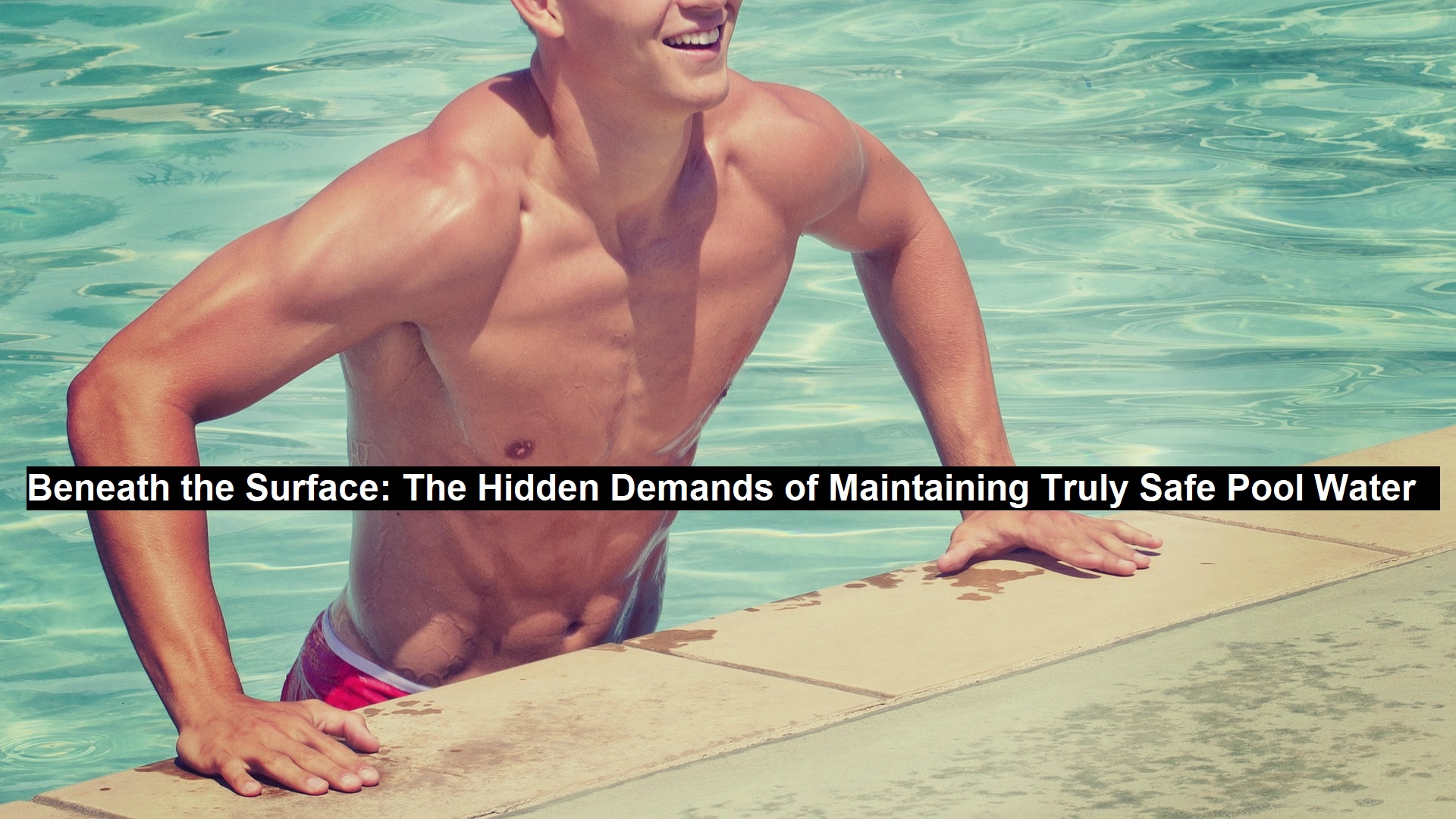Beneath the Surface: The Hidden Demands of Maintaining Truly Safe Pool Water
Keeping pool water clean isn’t just a daily task—it’s a non-stop, behind-the-scenes effort that defines the success of any commercial aquatic facility. While sparkling water might suggest cleanliness at a glance, true water safety goes far beyond what’s visible. In commercial settings, it demands discipline, advanced technology, and an awareness that water conditions can deteriorate rapidly—often with no clear warning. Beneath that calm surface, factors like swimmer load, temperature fluctuations, rainfall, pH swings, and even the pool’s physical design are constantly at play, impacting overall water quality. That’s why a robust, proactive water management strategy isn’t a luxury—it’s a necessity.
Basic sanitation measures—like periodic chlorine treatments or weekly water testing—are no longer sufficient. Today’s aquatic centers require layered, responsive systems that work in concert. These systems should not only sanitize but also balance, monitor, and adjust in real time. Tools such as UV-C sanitation, ozone purification, and automated chemical dosing systems are much more than optional upgrades. They’re essential components in maintaining reliability, meeting health code compliance, and ensuring a positive experience for every guest who enters the pool.
What many don’t realize is that pool water is a dynamic ecosystem. Every swimmer introduces organic material into the water—lotions, sweat, hair products, even microscopic debris from clothing. While these inputs are harmless in small amounts, they can react with disinfectants to form chloramines or other unwanted compounds. Left unmanaged, these byproducts not only reduce water clarity but also allow bacteria and viruses to survive, even in treated water. The key to safe water lies in continuous oversight and preventive action.
Read: Nurturing Yourself: Self-Care Strategies for New Parents
Fostering a Mindset of Preventive Water Management
Water safety is as much about culture as it is about chemistry. Successful aquatic centers know that waiting for problems to appear isn’t an option—especially when guests’ health and trust are on the line. Establishing a strong water management culture begins with knowledge, accountability, and consistent training.
Service teams of commercial pool services companies should not only be adept at operating their filtration and disinfection systems—they should also be grounded in the science that guides water treatment. When staff understand the reasons behind rising chlorine demand or shifts in pH levels, they’re better equipped to anticipate and solve issues before they spiral into costly closures or regulatory violations. It’s this blend of science and service that builds confidence and operational resilience.
Understanding usage patterns is another vital component. A facility that hosts hundreds of swimmers during summer weekends will need a more aggressive treatment cycle than one with consistent, moderate use year-round. Smart systems with data logging and automated alerts help adjust chemical levels accordingly, but nothing replaces the insight of a skilled technician who can interpret data trends and act decisively.
In the end, the best aquatic centers are those that don’t just respond to change—they prepare for it. They don’t rely on guesswork—they rely on proven systems and well-trained people. This proactive approach isn’t just good practice—it’s the foundation of clean, clear, and safe water.
To learn more about the challenges of waterborne pathogens and how to defend against them, refer to the infographic included in this article.
Truly-Safe-Pool-Water
